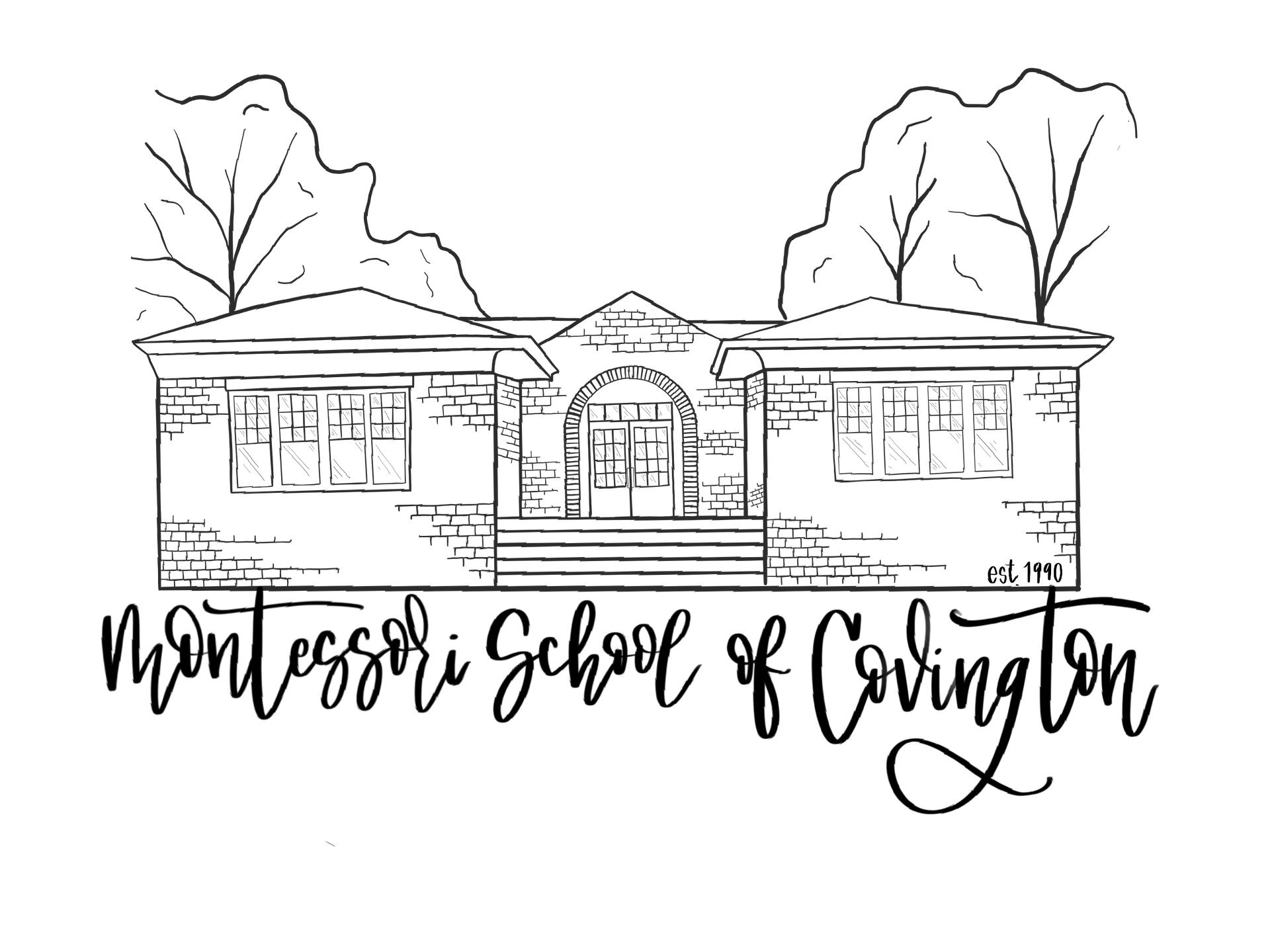upper elementary
4th grade through 6th grade (ages 9-12)
Upper Elementary students will experience a curriculum geared to better prepare them for middle school expectations and transitioning from a Montessori setting to a more traditional setting. As this age group becomes more independent, they begin to move from concrete material to more abstract ideas. In the Upper Elementary classroom, students will continue to experience an actionable shift in constructs and their academic preparation through writing project presentations.
In addition to students' academic development, social and emotional constructs are also developing. Our teachers are trained to observe, address, and hone these subtle changes as they guide the students through experiences. Holistically, challenges and successes are recognized, addressed in an age-appropriate manner, and reflected upon.
Our UE classroom also enjoys field trips and participates in opportunities to give back to the community.
